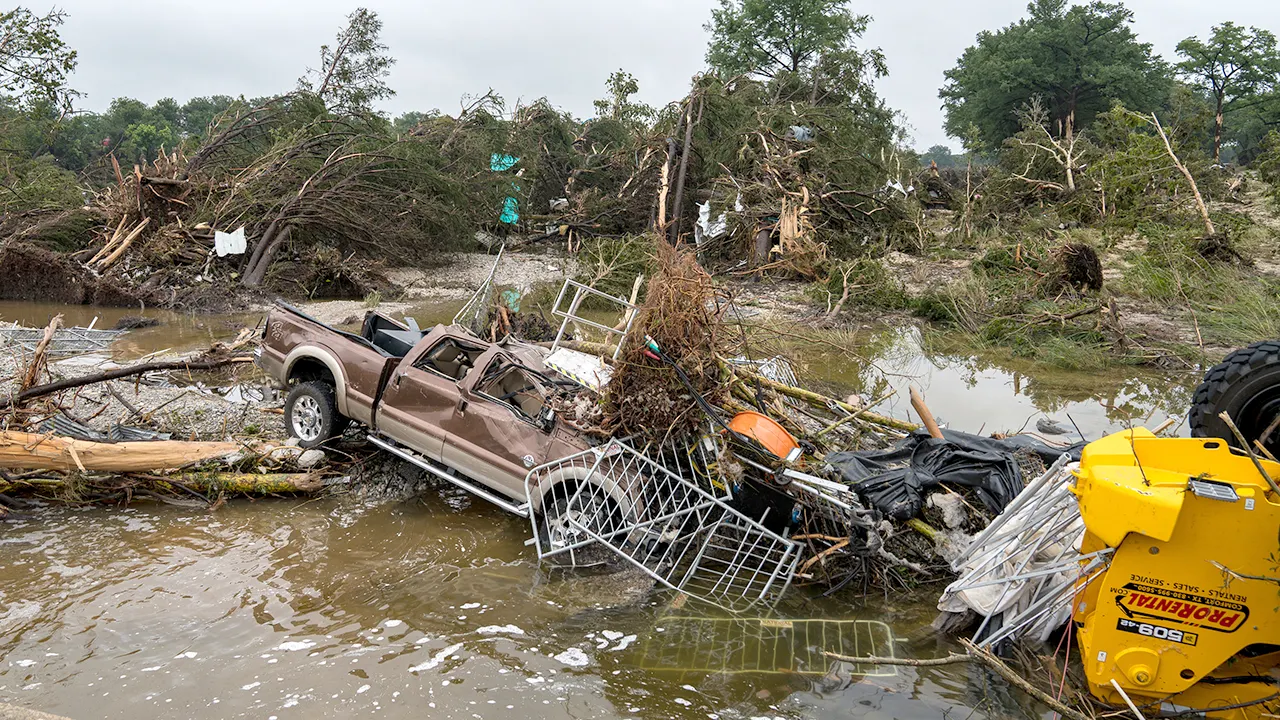Climate Change Impacts Coastal Communities: A Rising Tide of Concern
Coastal communities across the globe are facing increasing threats from climate change, particularly in the form of rising sea levels and enhanced storm activity. Recent reports highlight how these environmental shifts jeopardize livelihoods, homes, and ecosystems, raising urgent questions about adaptation and resilience. As scientists and policymakers grapple with the implications, these communities find themselves at the forefront of a profound crisis.
What Are the Key Challenges Faced?
According to a 2023 report by the Intergovernmental Panel on Climate Change (IPCC), sea levels are projected to rise between 0.3 to 1.1 meters by 2100, depending on global greenhouse gas emissions. This rise threatens to inundate low-lying coastal areas, displacing millions. In the United States alone, the National Oceanic and Atmospheric Administration (NOAA) estimates that nearly 4 million people live in regions at risk of chronic flooding by 2030.
“The impacts of climate change are not a distant threat; they are happening now,” said Dr. Emily Carter, a climate scientist at the University of Washington. “Communities need to prepare for rising waters and more intense storms, which can devastate infrastructure and disrupt lives.”
In addition to flooding, coastal communities are also experiencing increased erosion, which threatens homes and local economies dependent on tourism and fishing. For instance, the Outer Banks in North Carolina have seen significant beach erosion, prompting local governments to invest millions in restoration projects.
The Economic Toll on Coastal Areas
The economic implications of climate change in coastal regions are staggering. A study from the American Society of Civil Engineers (ASCE) estimates that by 2040, the economic cost of flooding and storm damage could reach $1 trillion annually in the U.S. alone. This figure is likely to increase as climate change accelerates.
- Tourism: Many coastal regions rely heavily on tourism. Destinations like Miami and New Orleans are already witnessing a decline in visitors due to environmental concerns.
- Fishing: Changing ocean temperatures affect fish populations, endangering the livelihoods of those in the fishing industry.
- Real Estate: Property values in high-risk coastal areas are declining, making it difficult for homeowners to sell their properties.
“Investing in climate resilience is not just environmentally sound; it is economically prudent,” emphasized Michael Thompson, an economist specializing in environmental issues. “Failing to address these challenges will lead to greater costs in the long run.”
Community Responses to Climate Change
In response to these mounting challenges, many coastal communities are taking proactive steps to enhance their resilience. Strategies include building sea walls, restoring natural barriers like mangroves and wetlands, and implementing improved zoning laws to restrict construction in high-risk areas.
For instance, the city of Miami has initiated a multi-billion dollar plan to elevate roads and improve drainage systems. The effort aims to mitigate flooding during high tides and storms. Similarly, New Orleans has invested heavily in levee systems and stormwater management to protect against hurricane impacts.
The Role of Policy and Governance
Effective governance is crucial in addressing the challenges posed by climate change. Policymakers must develop comprehensive strategies that not only focus on immediate solutions but also consider long-term sustainability. Federal and state funding, alongside community engagement, plays a vital role in these efforts.
“Collaboration between local communities, governments, and scientists is essential,” stated Dr. Sarah Nguyen, a policy advisor at the Environmental Protection Agency. “We must learn from past disasters to build a more resilient future.”
Innovations in Climate Adaptation Techniques
Innovative solutions are emerging to combat the adverse effects of climate change on coastal communities. Green infrastructure, like permeable pavements and green roofs, helps manage stormwater and reduce flooding. Additionally, advancements in climate modeling allow for better predictions, enabling communities to prepare more effectively.
Some communities are even exploring the use of “managed retreat,” a strategy that involves relocating infrastructure and populations away from vulnerable areas. While this is a controversial approach, it may be necessary in certain high-risk locations.
Public Awareness and Education
Increasing public awareness about climate change is also vital. Educational initiatives aim to inform residents about the risks and promote sustainable practices. Community workshops and school programs are effective in fostering a culture of resilience.
“The more people understand the issues, the more likely they are to advocate for change,” noted community organizer Jenna Morales. “Empowered citizens can drive the demand for effective policy and action.”
Looking Ahead: The Future of Coastal Communities
As climate change continues to evolve, the future of coastal communities remains uncertain. However, through proactive measures, collaboration, and innovation, these communities can enhance their resilience against the inevitable impacts of rising sea levels and extreme weather.
The urgency for action is evident. It is crucial for stakeholders—governments, scientists, and citizens alike—to come together to forge a path forward. The stakes are high, but so are the opportunities for sustainable development and environmental stewardship.
In conclusion, as coastal communities navigate the rising tide of climate change, a concerted effort will be essential. By investing in adaptive strategies, enhancing public awareness, and fostering collaboration, these communities can not only survive but thrive in an uncertain future. For those looking to get involved, participating in local initiatives or advocating for sustainable policies is a vital step toward protecting these vulnerable areas.



